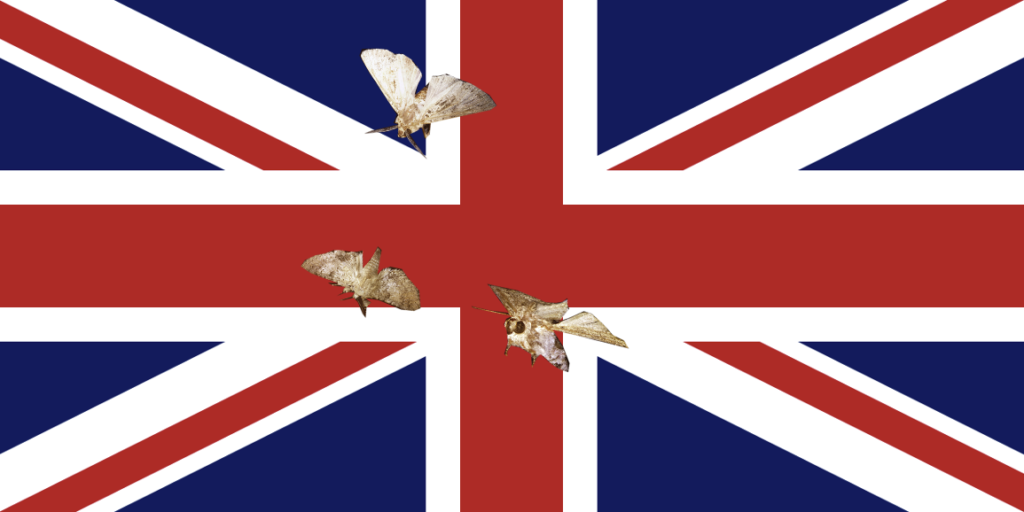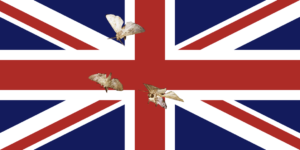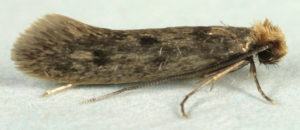We live in a globalized world. From the advent of the Age of Colonialism, new crops, products, and ideas have permeated the globe to an astounding degree, in an experiment over 500 years into the making. Local indigenous populations of animals and insects have migrated and become global. While the venerable clothes moth is truly a global phenomenon which is unwilling to stop at any country’s borders, I often get asked why carpet moths are so prevalent in the United Kingdom.
From my research of the habitat of these creatures, I believe there are three key reasons why the UK has had an unusually high number of clothes moths in recent years:
Moths Love Moisture
One of the unique things about clothes moths is the fact that, as adults, they do not eat. That’s right–if you look at the mandibles of an adult flying clothes moth, you will see that they are vestigial organs. As I have explained elsewhere on this site, the only moths that eat your clothes are the ones you can’t see: larvae.
The United Kingdom is a very damp place that makes it easy for moths to “drink” and consume large amounts of moisture in the fabrics they eat. Think about it: the population needs a water supply. Unlike most creatures that drink directly from a pool of water, clothes moths drink water as it exists in the form of moisture on the fabrics they eat.
This makes it easy for clothes moths to reproduce. How can you prevent it? Buy a dehumidifier or put your clothes in a dry location.
Moths Love Old Fabrics
Recall your grandmother’s favorite knitted item. Do you think that was spun in China of polyester fibers? Of course not. It was likely hand knitted from natural fibers, such as wool or silk. Recall that moths eat fibers that have keratin, which your heirloom fabrics likely contain.
Unfortunately, this can include carpets. Many old carpets are made of wool. Once you have an infestation in a place containing so many carpeted areas, it will become nearly impossible to extinguish the moth plague without severe actions.
Solution? Watch your carpets closely for signs of eggs, larvae, and cocoons.
Moths Love Temperate Conditions
In certain areas of the globe, the life cycle of moths is more or less seasonal. These creatures dislike huge variances in temperature, and typically will hibernate during winter months. They return in Mothy March, where they begin once again to propagate.
Britain and the UK have a remarkably temperate, relatively cool maritime climate. This climate zone allows moths to enjoy seasonal temperatures which stay in a relatively similar band. You might regret having to layer for the elements, but to moths, Britain is their perfect little Amalfi Coast.
Fighting Back
Luckily, you can implement a moth emergency plan to protect against moths. Also, check out our product reviews.





